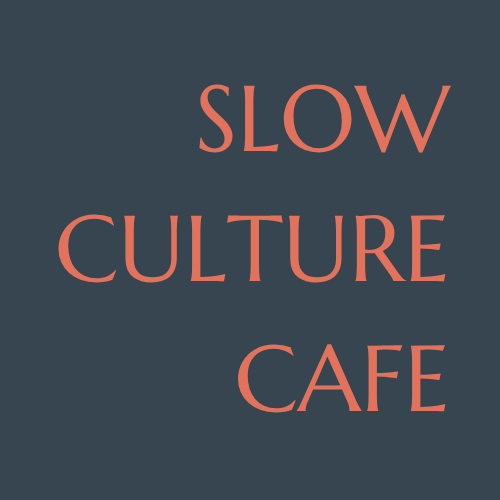The Blur Between Memory and Truth: Why Gerhard Richter’s Work Speaks to Us
Gerhard Richter’s art lingers in the space between clarity and ambiguity. His blurred images—often based on photographs from personal and political history—don’t offer conclusions. Instead, they invite us to sit with complexity. In a world that craves certainty and instant interpretation, Richter’s refusal to resolve becomes one of his most essential gestures.
What is reality? That is the crucial question in today's world, a world dominated by fake news and algorithms that can imitate images. Where does the truth lie? And what memories remain of historical facts that can be distorted?
What can art achieve, in a time when we wake up every day to the threatening headlines that dominate the media? Clicks as the new currency determine our day. And the more clicks something gets, the more interesting it is, right?
Opinion becomes truth, and everyone expresses their opinion, regardless of their level of knowledge.
Gerhard Richter's work is so relevant today because he challenges us with photorealistic blurring and abstraction. The interplay of reality and memory does not provide direct answers in his paintings, thus creating a critical resonance with the viewer.
Each of Gerhard Richter's works teaches us to look at things in a new way and interpret them differently. This is what makes Richter so unique: his ability to depict even the most difficult social issues in a work of art through a unique impression and mindful connections.
Where the Personal Meets the Political
Richter often draws from his family history, subtly weaving personal images into the broader fabric of 20th-century trauma. Rather than offering direct commentary, he presents softened, almost ghost-like versions of real people and moments.
This creates a sense of emotional distance that paradoxically brings us closer—forcing us to confront how easily private stories and public histories intertwine, and how the past is never quite past.
This preserves the memory of abysses that offer personal reflection for every viewer and refuse to be forgotten, without discussing them polemically or politically.
Why Ambiguity Matters More Than Ever
In an age of visual overload and algorithmic truth, Richter’s blurred images resist the urge to simplify. They remind us that memory is unstable, history is layered, and meaning isn’t always immediate.
His work doesn’t tell us what to think—it asks us to feel, to reflect, to question. That open-endedness is not just poetic—it’s profoundly necessary.
Richter always wanted to create images, not ideologies. This leaves even more space and time for the viewer to make room for interpretation in distortions and ambiguities.
Visit the latest exhibition featuring the works of Gerhard Richter:
October 17, 2025 to March 2, 2026
Fondation Louis Vuitton
8 av. du Mahatma Gandhi
75116 Paris
fondationlouisvuitton.fr/en/events/gerhard-richter-exhibition

